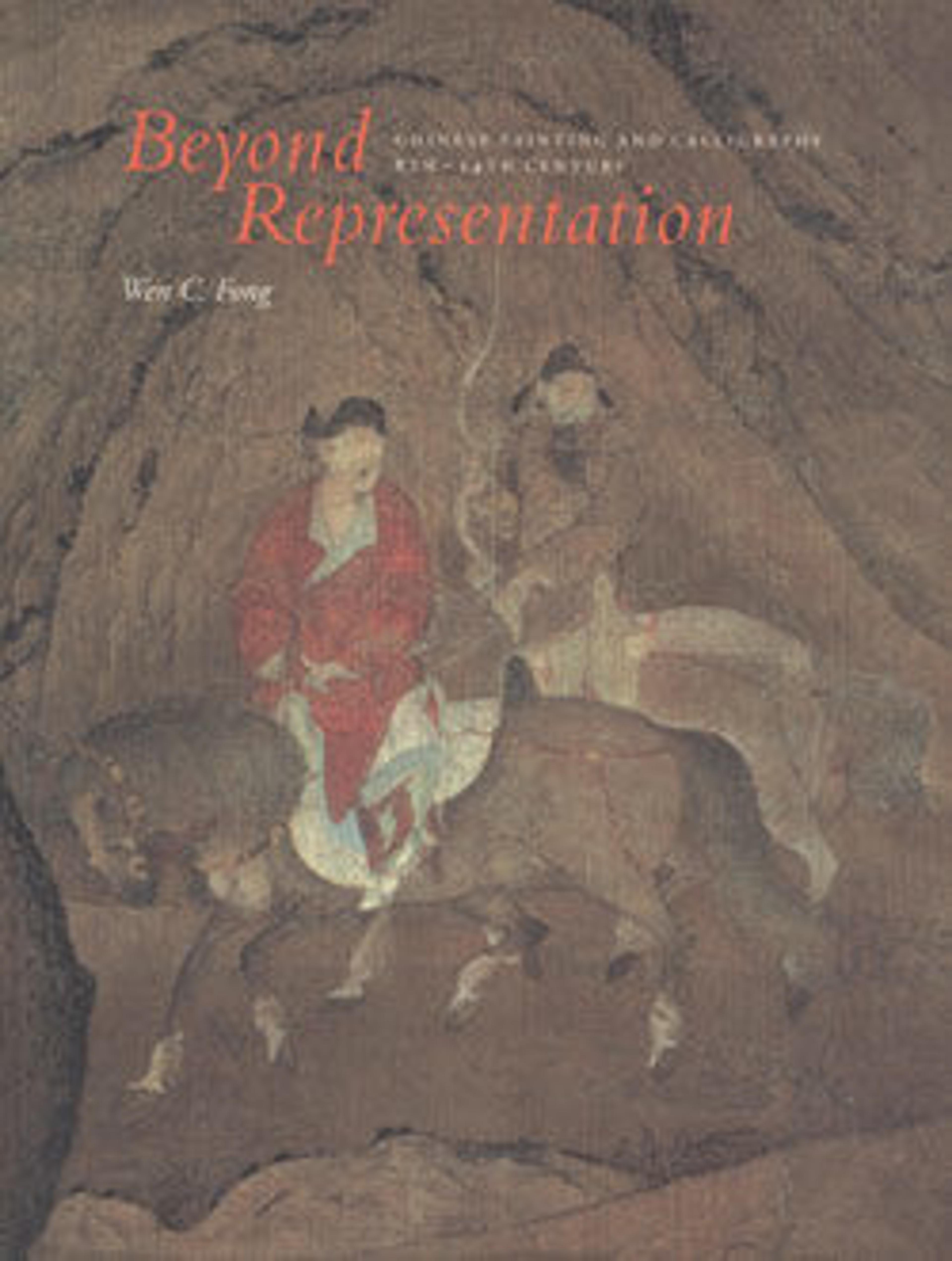Lotus and waterbirds
Imported from India, the lotus—growing from the slime of a pond, its blossoms blooming unsullied—was linked to Buddhist images of purity and rebirth. By the thirteenth century, naturalistic depictions of lotus in different seasons also evoked the ephemeral nature of physical beauty. This large-scale decorative work is by a professional painter of the Piling School, situated near Changzhou, Jiangsu Province. The midsummer scene (on the right) shows lotus flowers in early stages of budding and bloom, while the autumnal scene (on the left) shows its later stages: petals falling, leaves turning brown, and seed pods ripening. The newly sprouted water reeds of midsummer also contrast with the late-blooming water plant and the smartweed that has gone to seed, while the busy activity of a pair of ducks skimming the water for food on the right is juxtaposed with two egrets resting quietly on the left.
Artwork Details
- 元 佚名 蓮花圖 對軸
- Title:Lotus and waterbirds
- Artist:Unidentified artist , active ca. 1300
- Period:Yuan dynasty (1271–1368)
- Date:ca. 1300
- Culture:China
- Medium:Pair of hanging scrolls; ink and color on silk
- Dimensions:Image (each): 55 3/4 x 26 3/4 in. (141.6 x 67.9 cm)
Overall with mounting (each): 107 1/2 x 27 1/4 in. (273.1 x 69.2 cm)
Overall with knobs (each): 107 1/2 x 27 3/4 in. (273.1 x 70.5 cm) - Classification:Paintings
- Credit Line:Purchase, The Dillon Fund Gift, 1988
- Object Number:1988.155a, b
- Curatorial Department: Asian Art
Audio
7483. Lotus and Waterbirds
0:00
0:00
We're sorry, the transcript for this audio track is not available at this time. Please email info@metmuseum.org to request a transcript for this track.
More Artwork
Research Resources
The Met provides unparalleled resources for research and welcomes an international community of students and scholars. The Met's Open Access API is where creators and researchers can connect to the The Met collection. Open Access data and public domain images are available for unrestricted commercial and noncommercial use without permission or fee.
To request images under copyright and other restrictions, please use this Image Request form.
Feedback
We continue to research and examine historical and cultural context for objects in The Met collection. If you have comments or questions about this object record, please contact us using the form below. The Museum looks forward to receiving your comments.
